The risks of childhood trauma
April 16, 2020
Wyatt Cornell
THE MIRROR
There is a public health threat facing the nation right now. Exposure to this threat dramatically increases the risk for seven out of the 10 leading causes of death in the United States. The threat isn’t a chemical, it is childhood trauma.
Pediatrician Nadine Burke works at a hospital that provides top-quality care to Bayview-Hunters Point, one of the poorest, most underserved neighborhoods in San Francisco.
“We targeted the typical health disparities: access to care, immunization rates, asthma hospitalization rates, and we hit all of our numbers. We felt very proud of ourselves.”
“A lot of kids were being referred to me for ADHD, but when I actually did a thorough history and physical, what I found was that for most of my patients, I couldn’t make a diagnosis of ADHD. Most of the kids I was seeing had experienced such severe trauma that it felt like something else was going on. Somehow I was missing something important.”
Burke started reading everything that she could find about how exposure to adversity affects the developing brains and bodies of children. What she found was The Adverse Childhood Experiences Study.
The Adverse Childhood Experiences Study was done by Dr. Vince Felitti at Kaiser and Dr. Bob Anda at the CDC, and together, they asked 17,500 adults about their history of exposure to what they called “adverse childhood experiences,” or ACEs.
ACEs are physical, emotional, or sexual abuse; physical or emotional neglect; parental mental illness, substance dependence, incarceration; parental separation or divorce; or domestic violence.
ACEs are incredibly common. Sixty-seven percent of the population had at least one ACE, and 12.6 percent had four or more ACEs.
The higher an ACE score, the worse health outcomes. A person with an ACE score of four or more, compared to a person with an ACE score of zero, has two and a half times the risk of chronic obstructive pulmonary disease or hepatitis, four and a half times the risk for depression, and 12 times the risk for suicidality.
A person with an ACE score of seven or more has triple the lifetime risk of lung cancer and ischemic heart disease, which is the number one killer in the United States of America.
“As doctors, it is our job to use this science for prevention and treatment, that’s what we do. So in San Francisco, we created the Center for Youth Wellness to prevent, screen and heal the impacts of ACEs and toxic stress.”
“We have a multidisciplinary treatment team that works to reduce the dose of adversity and treat symptoms using best practices, including home visits, care coordination, mental health care, nutrition, holistic interventions, and yes, medication when necessary.”
“When we have the right framework, when we recognize this to be a public health crisis, then we can begin to use the right tool kit to come up with solutions.”
Burke knows that with dedication and commitment we will be able to promptly diagnose and treat issues related to ACEs.


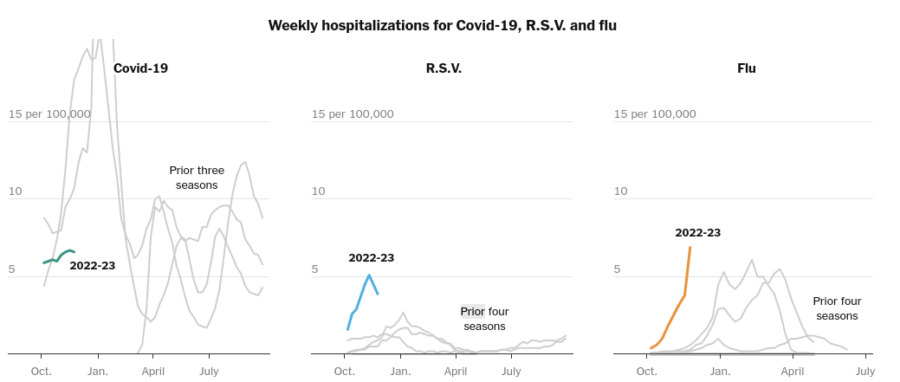
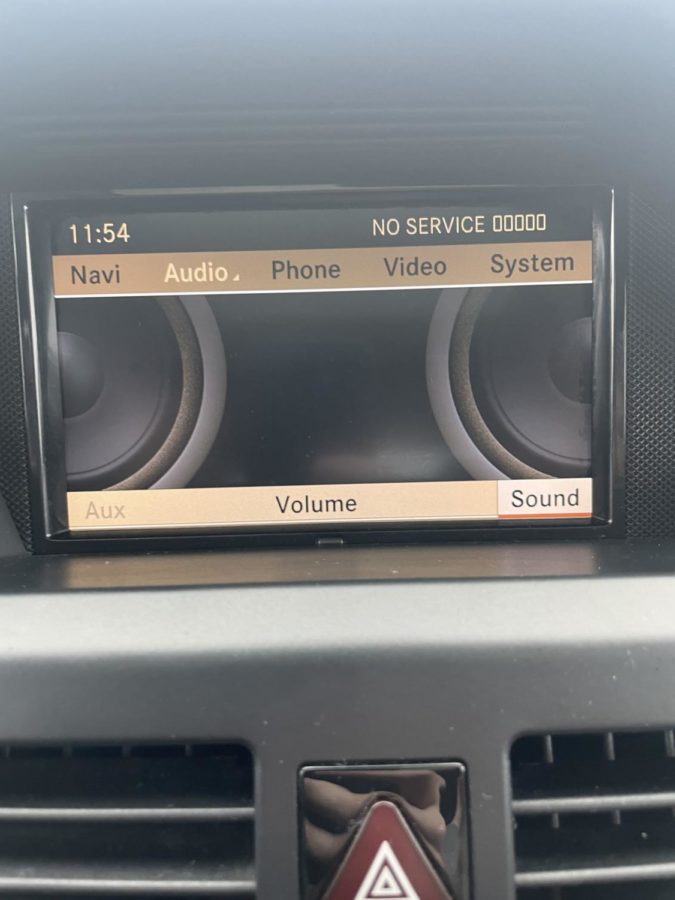
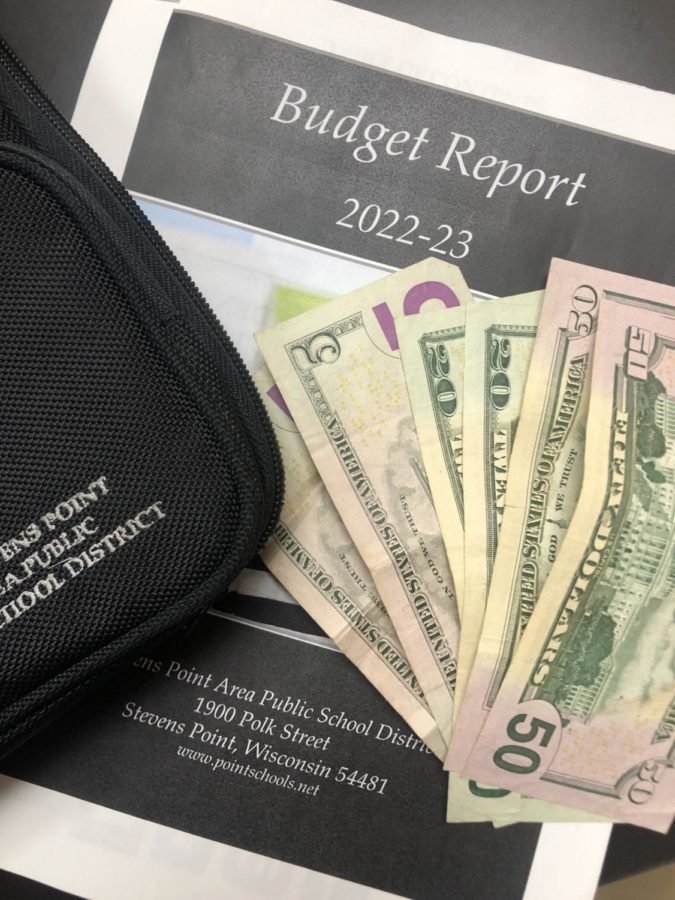
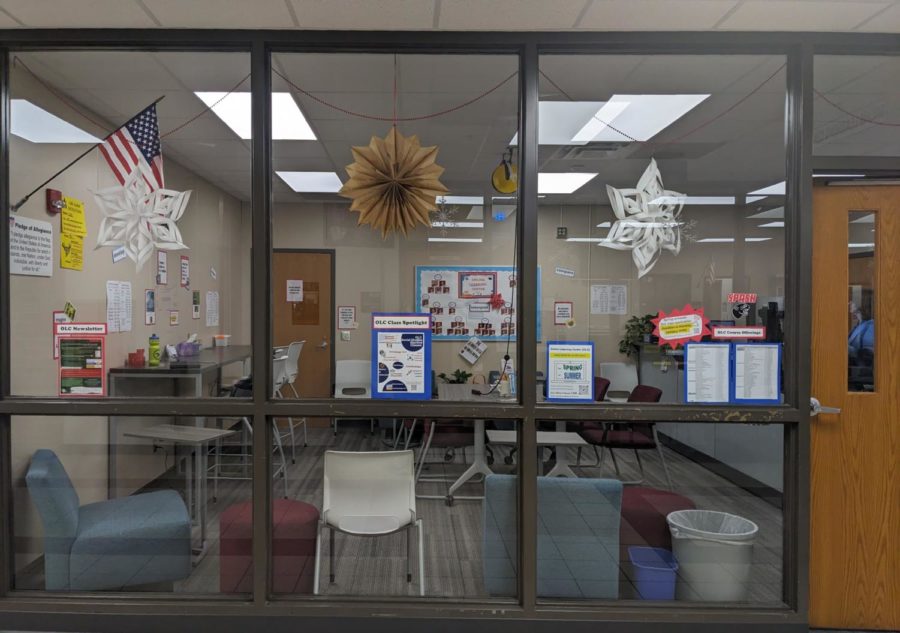
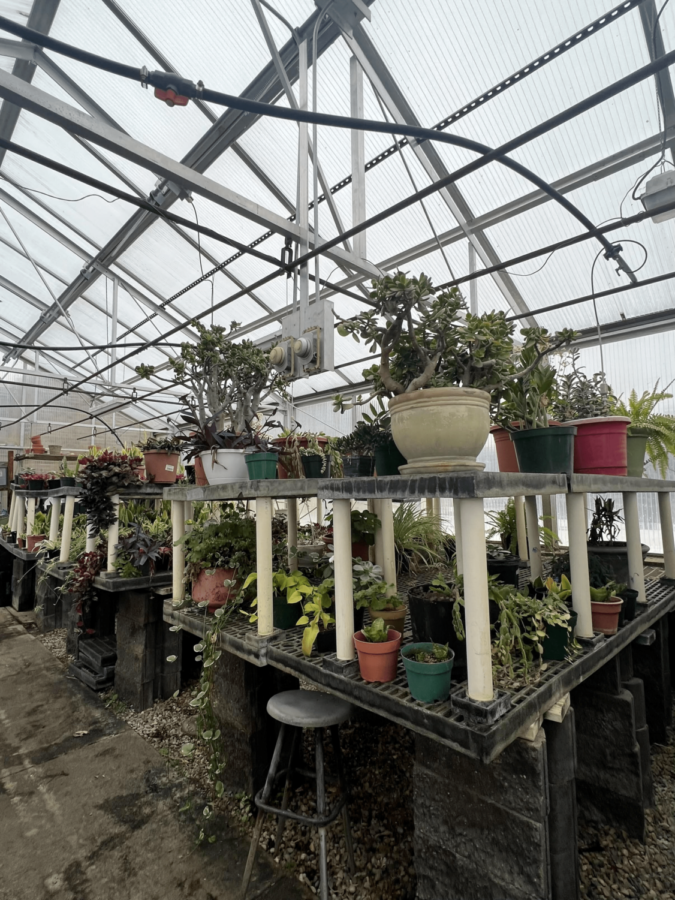


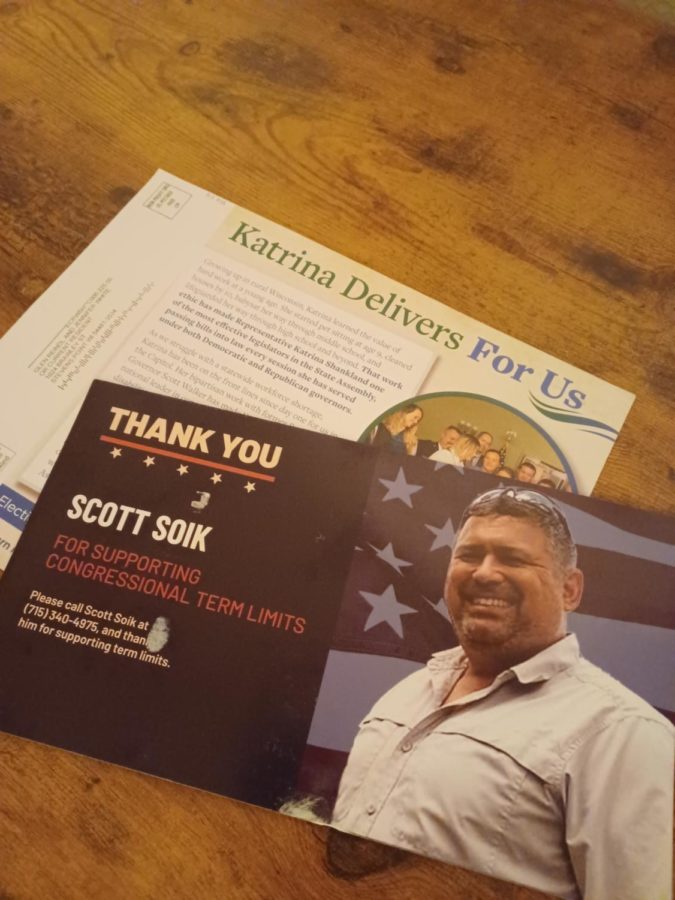
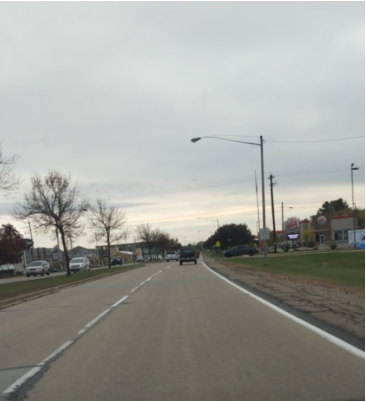




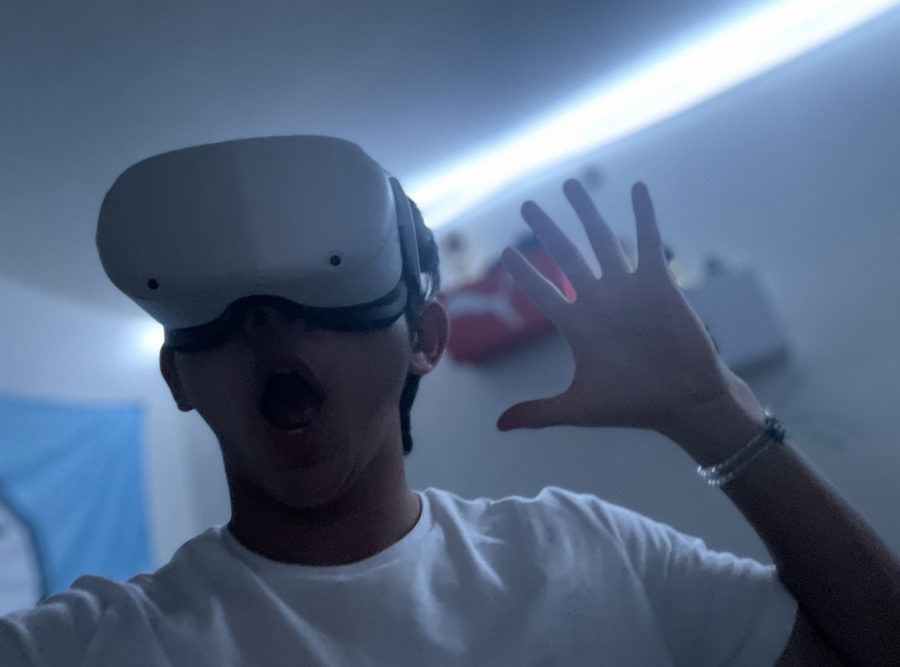

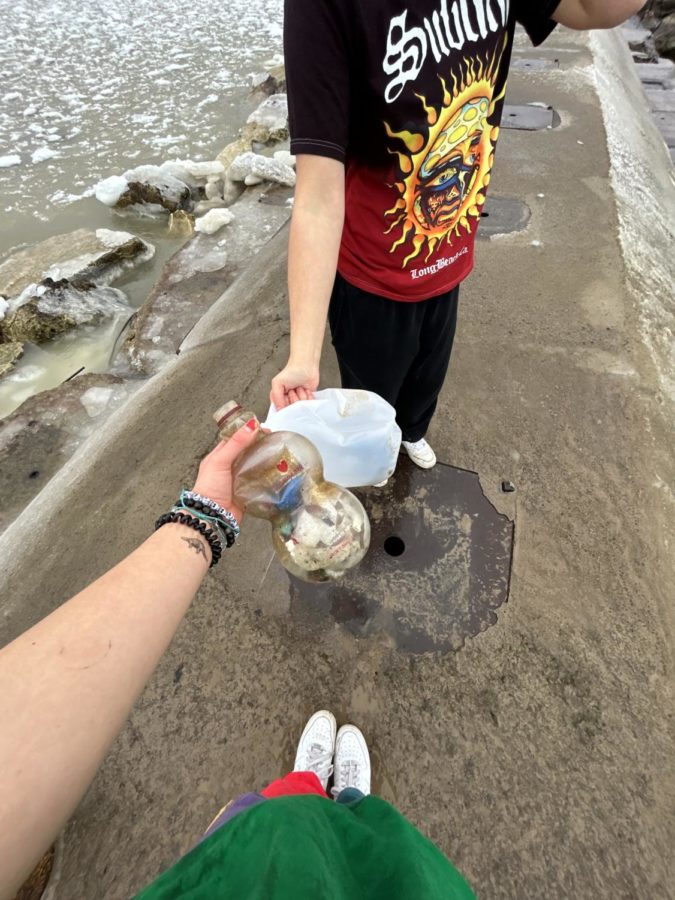






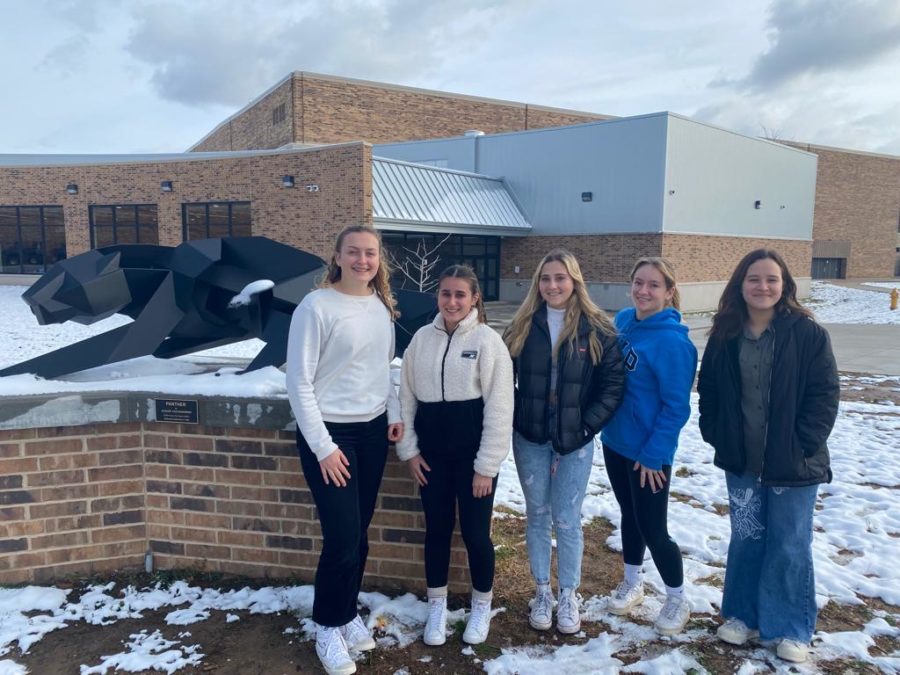

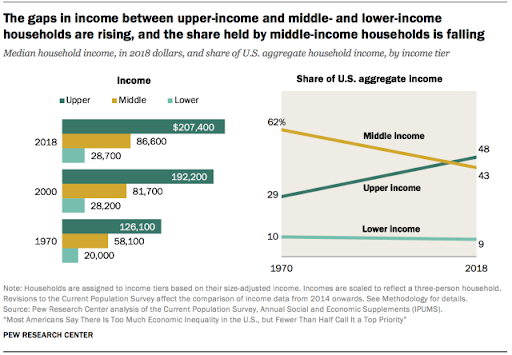
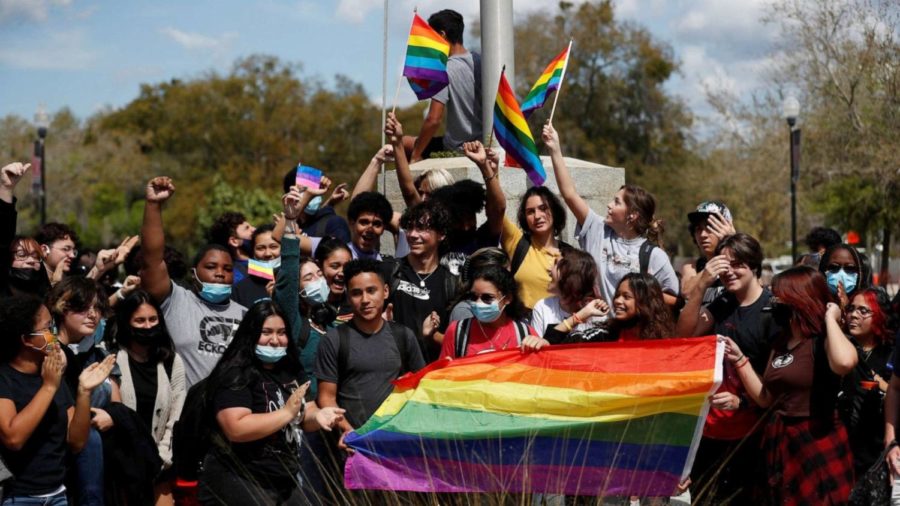

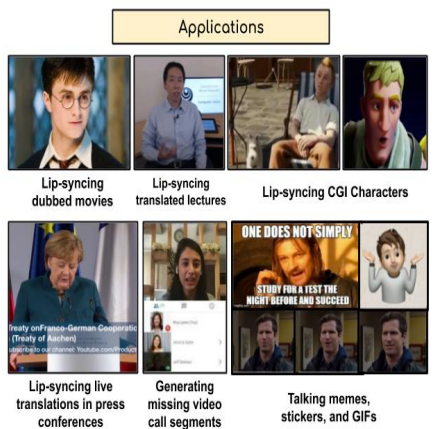





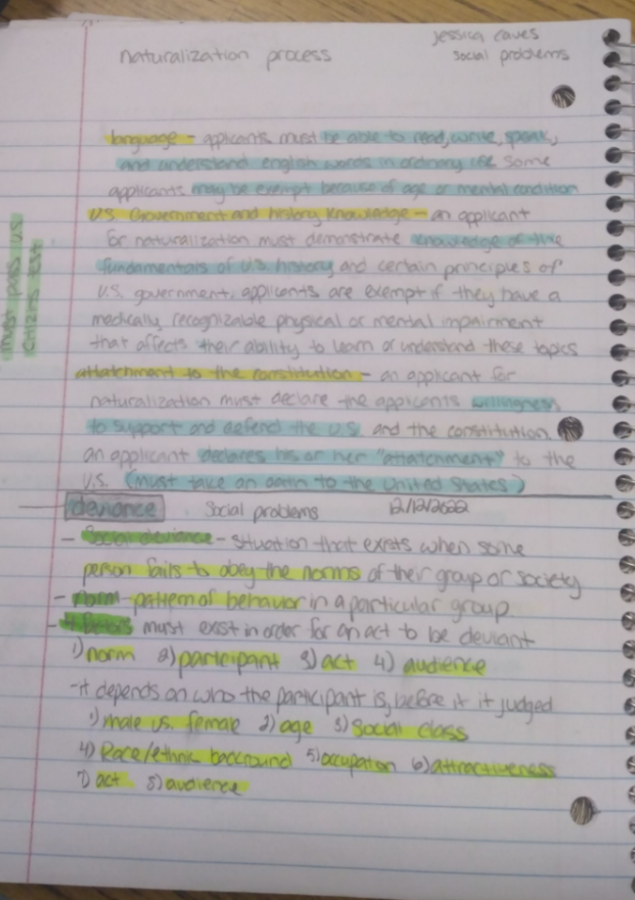
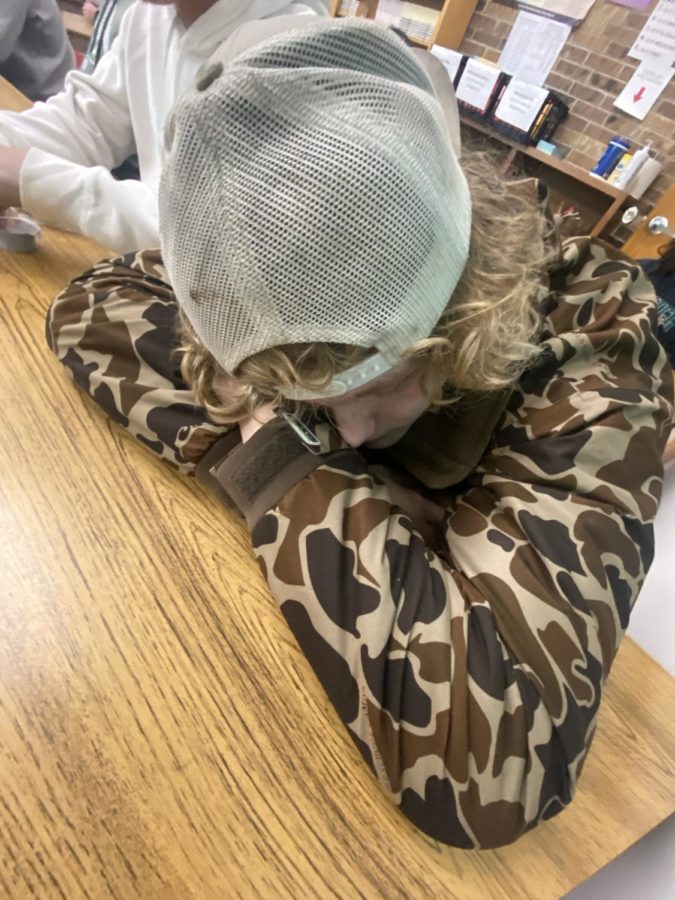

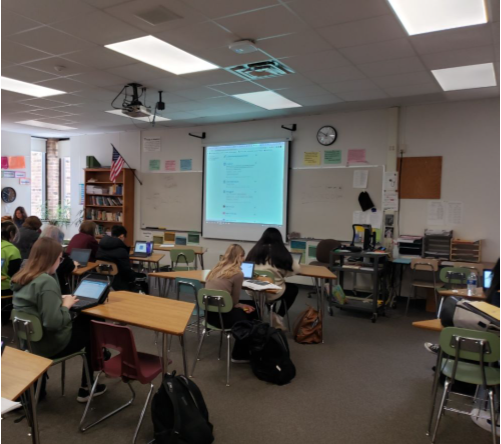
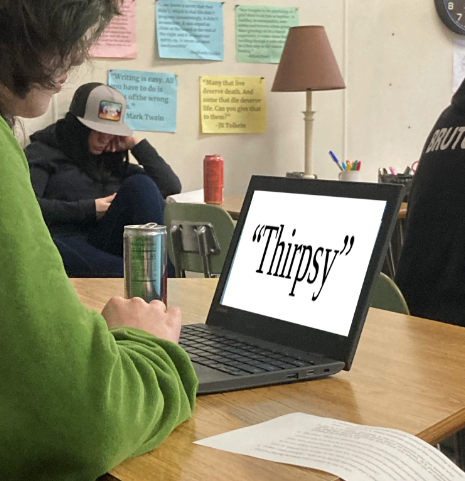


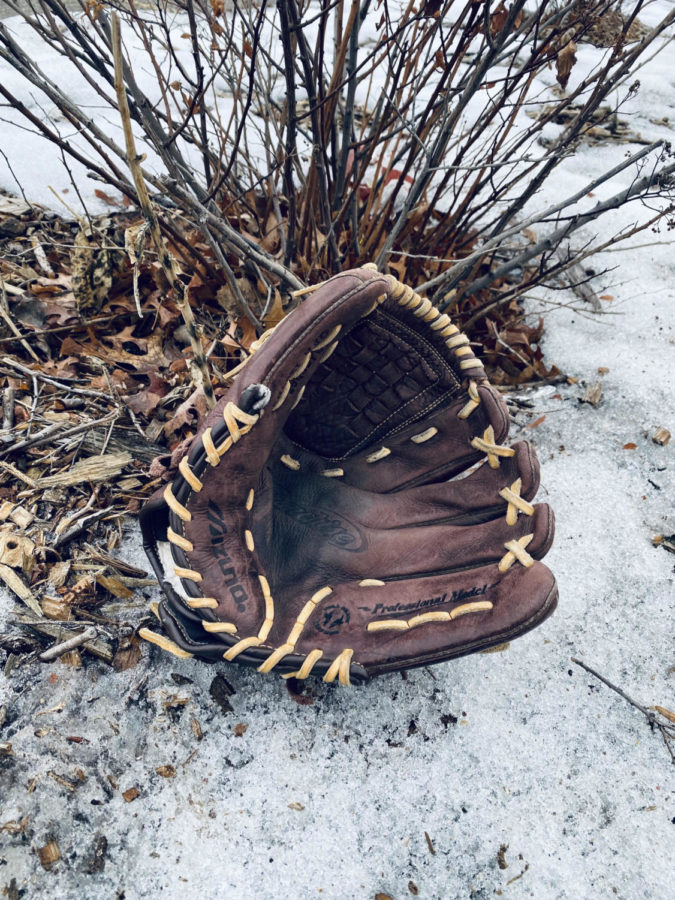


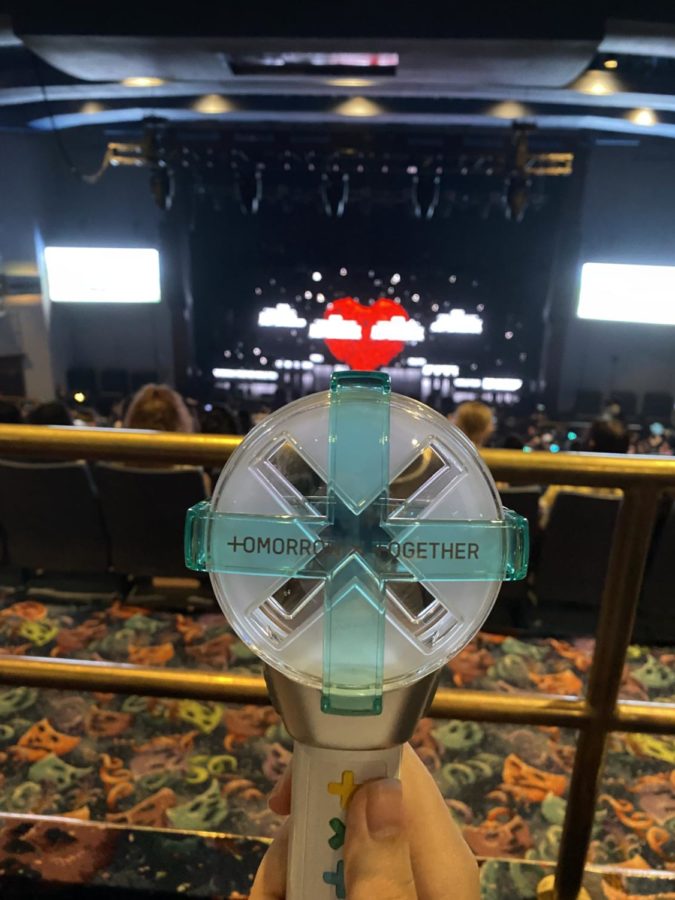

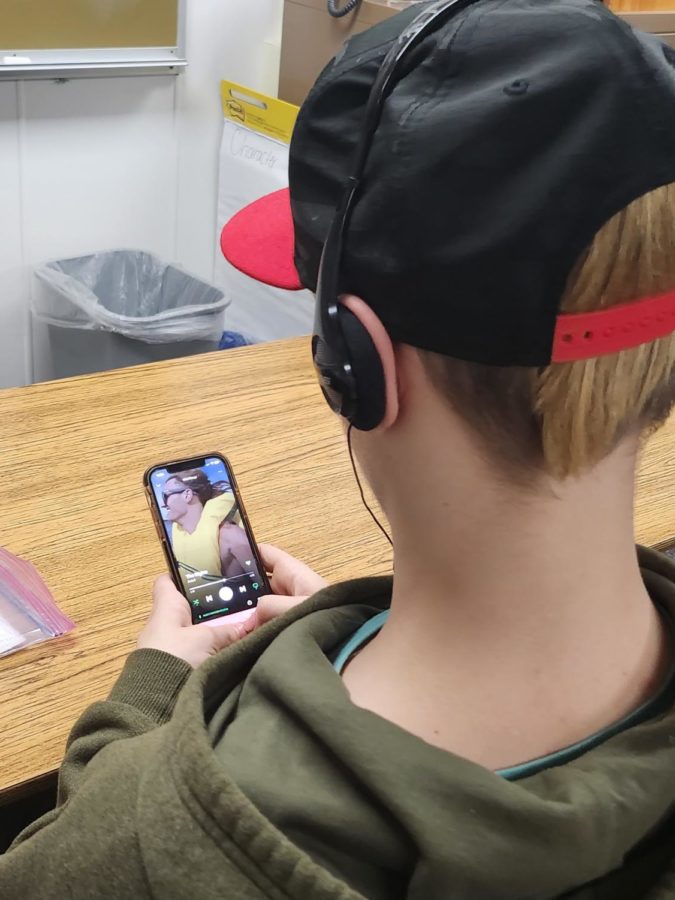

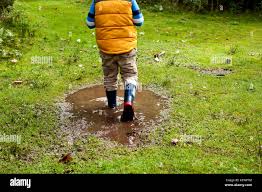





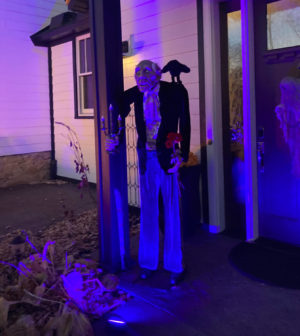
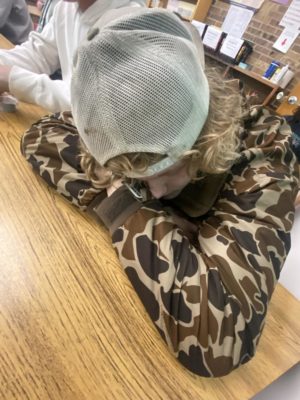


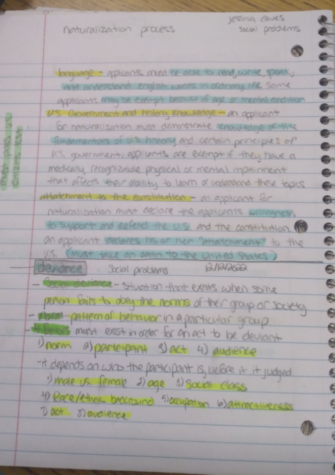
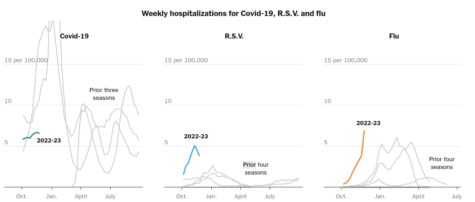
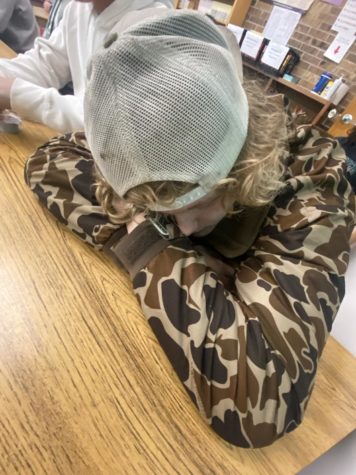


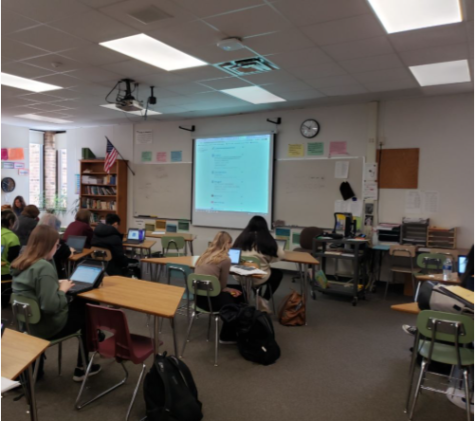
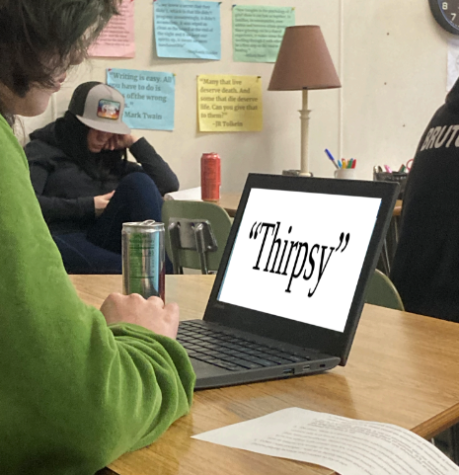
Erich Vanblargan • May 14, 2020 at 12:24 PM
I was aware that adverse childhood experiences raised the likeliness of suicide and depression in a person however I did not know it also make you more likely to contract hepatitis. It also make sense that people would mistake this for ADHD as the child / person is trying to avoid the experience either mentally, physically or both.
Larson Lewis • Apr 24, 2020 at 1:18 PM
It’s interesting how kids would come in thinking they would be diagnosed with ADHD when it is actually trauma something more severe. It’s crazy to think that 60% of the population has had at least one ACE and how the score can affect their life so negatively.
McKenna Coyle • Apr 23, 2020 at 2:52 PM
I found it very interesting that children were brought in for ADHD but it turns out that it was just experience with trauma. I think that you could have summed this article up better and shortened it because it had some unnecessary information
Kenny Schultz • Apr 22, 2020 at 3:23 PM
I thought this article was very brilliant and some very impressive writing. Not that this is necessarily a good thing but I think it’s very good to know what the results of the ACE scores mean so that people who are likely to experience a deadly disease can get the treatment needed.
Noah Viegut • Apr 22, 2020 at 2:56 PM
I never thought that childhood trauma could be so impactful on your life even after you grow up. This article did a good job explaining how scary childhood trauma can be for people.
Kaitlyn Flanagan • Apr 16, 2020 at 2:37 PM
This was kind of sad to read. I had no idea that something like that could cause our health to suffer so much. These numbers are actually quite high..